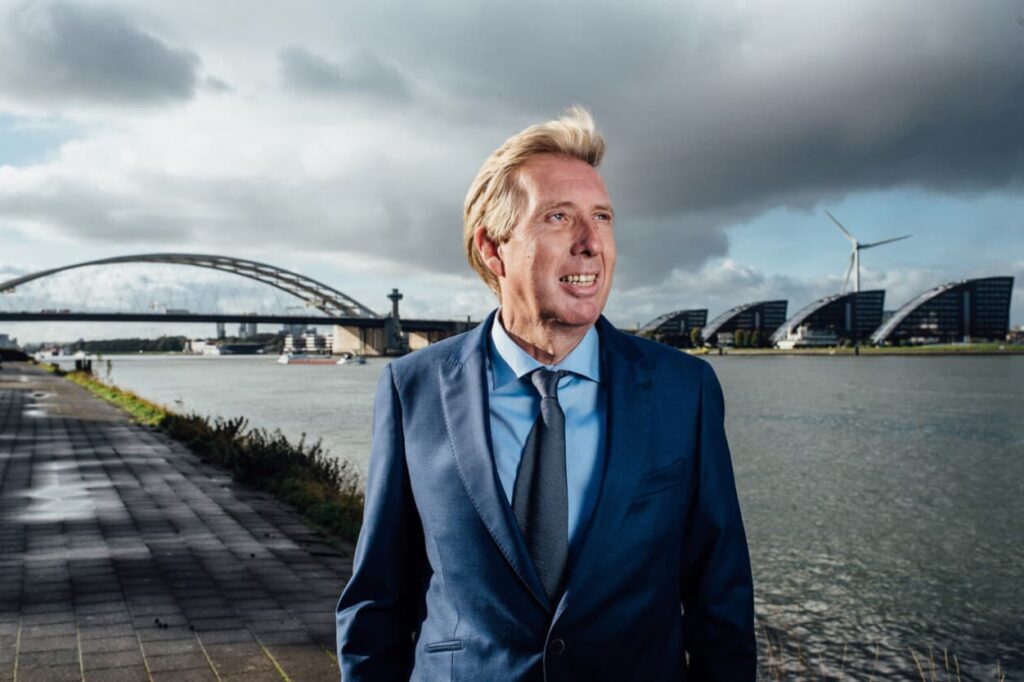
How can a group of people make a decision that every individual disagrees with? This phenomenon is known as the Abilene Paradox. According to innovation expert Simone van Neerven, this can have disastrous consequences, such as the disaster with the space shuttle Challenger in 1986.
The disastrous launch of the Space Shuttle 'Challenger'
In the mid-1980s, the buzz of Space Shuttle launches had faded away in the United States. In an attempt to reignite public enthusiasm, NASA decided to take an ordinary citizen, Christa McAuliffe, a mother of two and teacher, into space in January 1986. Watching the Challenger launch live would inspire people across the nation to believe that no dream is impossible.
On the fourth day, McAuliffe was supposed to lecture from orbit as part of a NASA PR ploy meant to increase the agency’s reputation. If the launch took place on Tuesday, the class would be on Friday. However, if the launch was delayed by one day, the plan would not be able to proceed as the schools would be closed. In addition, it was the subject of President Reagan’s “State of the Union”, which was held in the evening on the day of the scheduled launch.
So there was a lot at stake and the pressure was on. Despite warnings from engineers about the risks associated with a cold weather launch, the decision was made to launch the Space Shuttle into space. Millions of people saw the shuttle explode after 73 seconds live on television, killing all seven astronauts.
The Abilene paradox
While deciding to launch the Challenger, those present knew it was not a good idea, but nobody raised a voice. This is called the Abilene paradox. People are aware that they disagree with the plan being presented. They see the shortcomings and know their reservations, but choose not to speak out because they think all others agree with the plan.
Since no one expresses dissent, the collective decision remains unchallenged. Thus, the paradox is that the group makes a decision together that goes against each member’s personal choice.
The internal struggle
In the Abilene paradox, people weigh the choice between the discomfort of speaking up and the discomfort of being dishonest about their true feelings. Most people tend to align their attitudes, opinions or behavior with those of others and thus choose to remain silent. Thus, if everyone decides not to speak up, in the end, a decision is made that nobody is comfortable with.
This is not to be confused with the phenomenon of ‘groupthink’. In this case, there are dissenting views, but these are purposefully ignored and disregarded.
The fetish of agreement
Society is becoming increasingly polarised, however, having an opposing viewpoint at work can make us uncomfortable. When we work together on a project and we have to come up with fresh ideas or decisions that have to be made, we prefer to agree with each other as much as possible.
But too much agreement, no matter how pleasant, means that we are severely limiting the range of possible solutions. We jump to conclusions too fast, missing out on less visible but potentially crucial possibilities that might lead to success. It can even lead to catastrophic outcomes, like what happened to the Challenger in 1986.
More courage, please!
Conformity in groups is a powerful force, but research shows that it can be undermined by just one individual voicing a different viewpoint. And even if that viewpoint is not realistic or true, it usually stirs things up in others, encouraging them to speak up as well.
Thus, people who dare to speak up and say that an idea is crazy or absurd are very needed. Similar to the naked emperor, who was obviously a fool, but no one was brave enough to point it out. Except for the child, who felt free and unconstrained and yelled at the emperor that he was walking naked.
As American Harvard professor Robert Anthony once said, “The opposite of courage is not cowardice, but conformity.”
This article was originally published in Dutch on MT/Sprout, the most popular business and management platform in the Netherlands.
don’t miss out!
get my columns straight into your mailbox:


